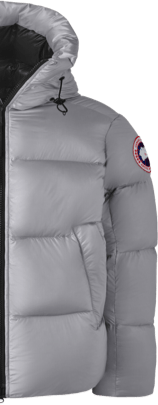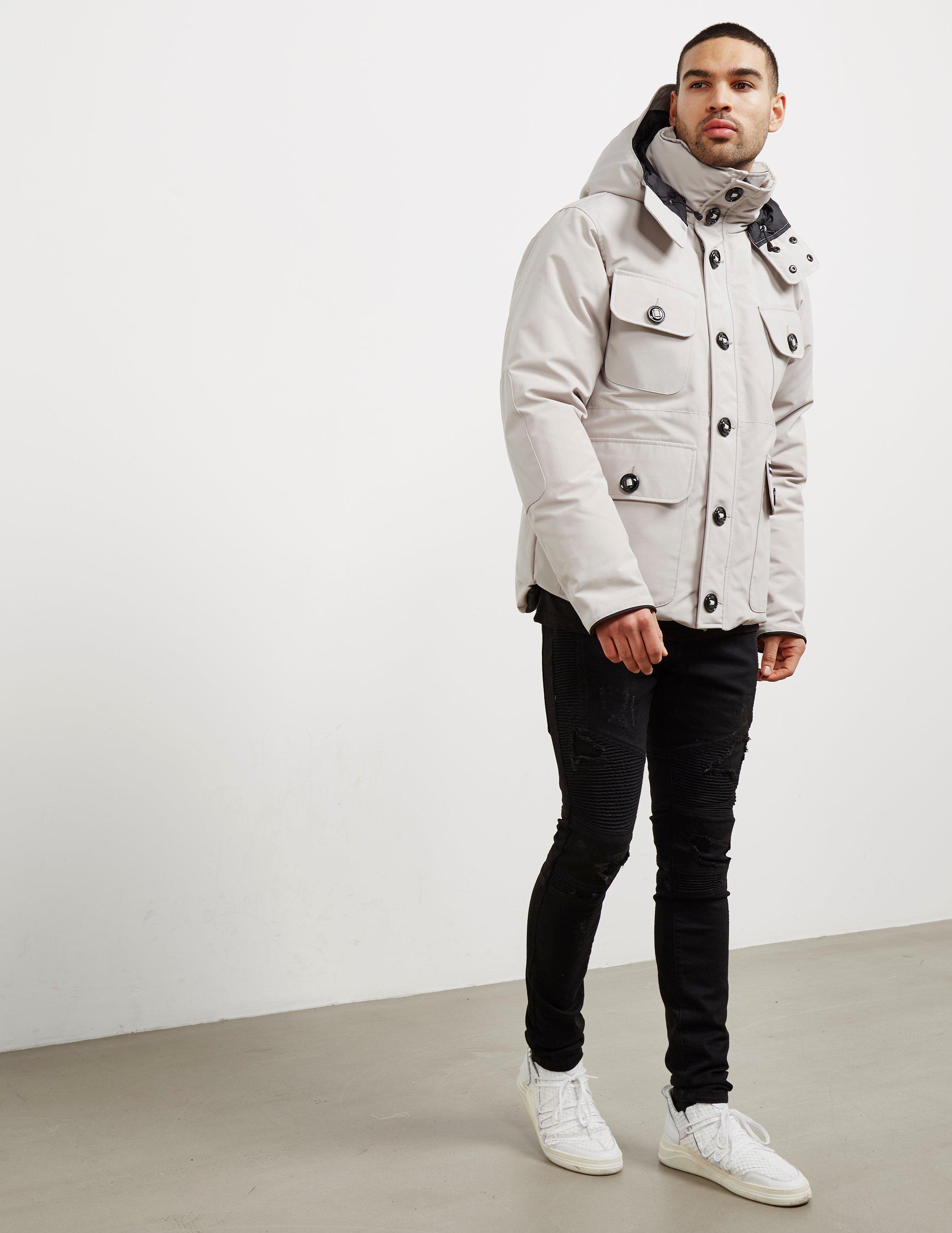
Trappers like Morris are also hired by homeowners’ associations, farmers and ranchers to kill coyotes, in efforts to protect family pets or livestock from the common predator. I treat the animals with respect, and make a little extra money for that effort,” he said.

“I’ve been doing this since I was 12 years old. It’s all due to the trim trade John Hughes, J & M Furs The coyote trapping, out in the plentiful woodlands of the region, is a side-earning hobby.īidding was brisk at the auction and Morris finished the day with a net profit of $1,000 on his 60 pelts, he calculated, after the cost of commission and buying the traps. Morris works as an emergency room nurse in a southern Ohio hospital. “The ones we’re trapping usually are suffering from various health problems because of big population growth, and we are dealing with their suffering in a very humane way,” he argued.Ĭanada Goose jackets at the brand’s flagship US store in New York City. He sets spring-loaded traps that snap on to a coyote’s leg, checks the traps daily and kills any coyotes caught with a gunshot. “People don’t understand how this is an animal like sheep and cattle and chickens, and we manage and use them as a renewable resource,” he said. “That’s probably the main thing that’s driving the coyote market right now,” said Dave Linkhart of the National Trappers Association.Īs Colton Morris continued grooming his pelts for sale he smiled wryly at a question about cruelty to wild animals for the purpose of fashion. The signature navy blue parka, with coyote-fur-lined hood and distinctive Arctic Circle patch on the sleeve, has become a trendy, albeit controversial, fashion statement, retailing for about $1,200 each.


The company also handed out freebies to celebrities at the Sundance film festival, and it continues to soar, expanding into China last year. The brand shot to prominence when the model and actor Kate Upton wore a white coat on the cover of Sports Illustrated in 2013.


 0 kommentar(er)
0 kommentar(er)
